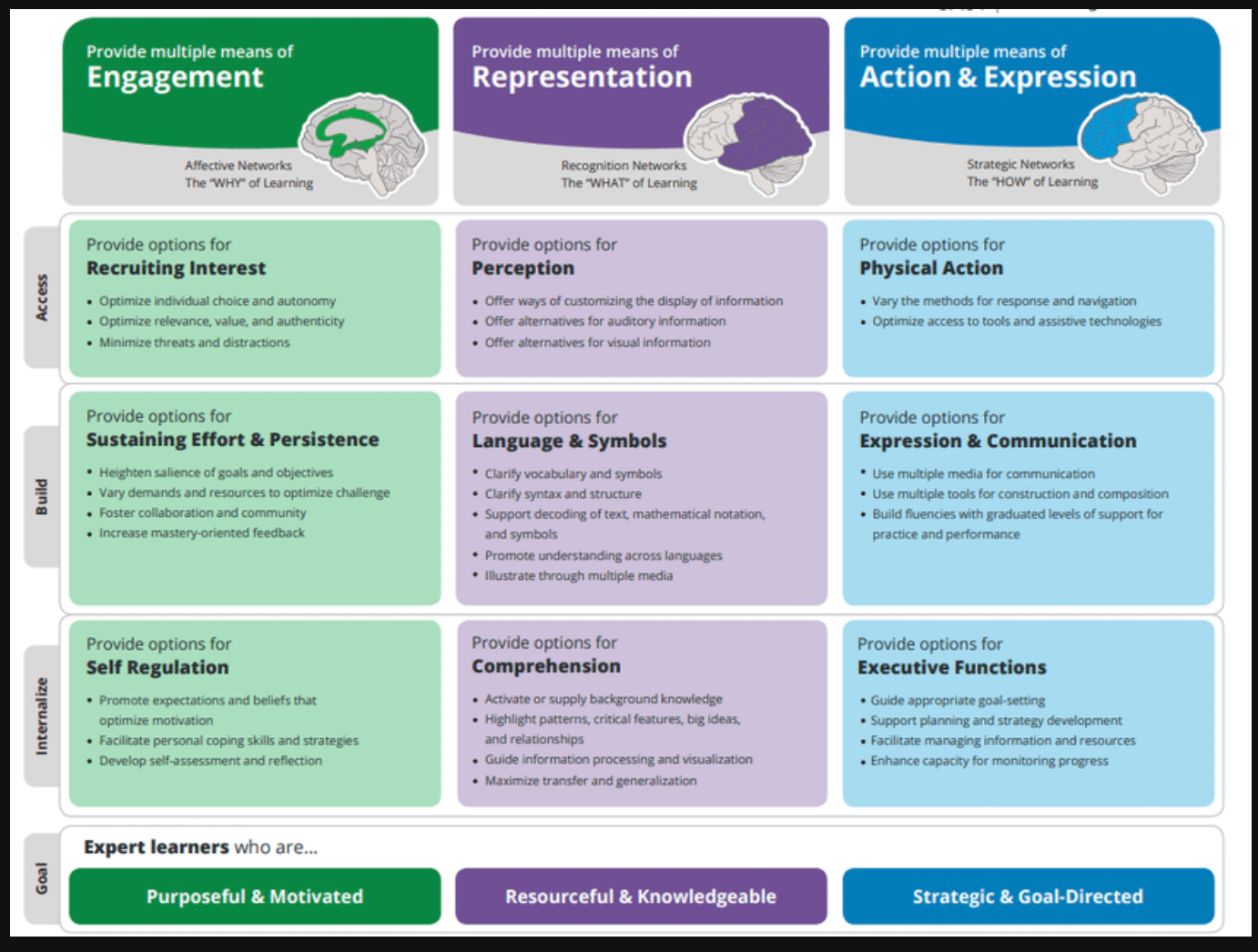Blog#5
This week’s theme revolves around accessibility, inclusion, privacy, and ethics, but what surprised me was that even ‘open education’ can lead to exclusion and harm.
In Funes and Mackness’s article, they make the subversive point that ‘inclusion can sometimes become exclusion.’ The article recounts the experience of a learner who was excluded from course interactions because she did not want to give her real name or reveal her identity. This made me realize that not everyone is able or willing to participate in the same way. Instead, uniform standards may oppress learners with marginalized identities.
Downes’s article brings a more technical perspective. He talks about how the future of OER is not just about open content, but also about open platforms, transparency of data, and respect for privacy. He warned that many “open platforms” are in fact embedded with algorithmic control and commercial motives, such as extracting learners’ privacy, which poses a threat to learners’ rights.
At the same time, I learned about CAST’s concept of Universal Design for Learning (UDL) and the Inclusive Design Research Center’s definition of inclusive design. I was most inspired by the fact that true inclusion is not about providing a program designed for all, but about creating environments that allow for differences.
These materials explored an important issue that made me begin to re-examine the seemingly positive terms of education, such as “openness,” “accessibility,” and “inclusion.” We often talk about “making learning accessible to everyone,” but if we ignore the differences in people’s identities, languages, technological skills, and cultural backgrounds, then resources can hurt the learners.
Funes’ article in particular made me reflect on how I used to think that “real-name interactions are more genuine and safer,” but for marginalized learners (e.g., transgender, immigrants, people with anxiety disorders), such a rule can be a barrier to participation.
I’m also beginning to understand that ethics is not an ancillary issue to be thought about after the technology goes live, but rather a learning environment that should inform the design of the technology and allow for differences to exist.
After this week’s learning, I hope to do the following in my future learning and instructional design:
- Respect learners’ choices and boundaries: no mandatory participation, no default disclosure, no evaluation of learning input based on how much interaction there is.
- Use a variety of ways to present content: text, video, etc., so that everyone can find a way to engage with the knowledge that works for them;
- Thinking ahead about privacy and security, especially when designing open platform activities, it is clear what data will be disclosed and whether there is an opt-out option; for example, when setting up opened.ca, the site allows you to set whether or not to disclose the content to protect the learner’s personal rights.


Hello!
I really enjoyed reading your post and expanding my understanding around accessibility, privacy, ethics, and inclusion within the open education space. As a bit of a data nerd myself I thought it was great how you brought to attention the need for transparency of data and respect for people’s privacy. I find that when new technologies get put on the market, due to all the excitement and novelty surrounding the product, important considerations like security are often an afterthought. In reality, our personal data is one of the most sought-after commodities in the world! We must hold organizations accountable for the tools they are creating to make sure our rights to privacy and security as learners and humans remain protected.
I also love how you created three goals for yourself related to the week’s readings that you will try to uphold in your future learning. Goal setting is a great way to ensure that you are continuously making progress in a positive direction. I particularly like your second goal, to use a variety of ways to present content. It is important to find ways to engage your audience to ensure your content is reaching its desired audience.
Perhaps the one thing I would suggest to elevate your reflection is adding links to where you found your information directly in the post. I would love to dive into some of the resources a bit more and that would be a quick and easy way for me to do so.
Thank you again for your post, I appreciate your valuable insights 🙂
Hi!
Thank you so much for your comment. I’m glad to hear that your points about data transparency and privacy resonated with you, and I completely agree – security is often overlooked in the enthusiasm for innovation, but as you say, our personal data is extremely valuable and needs to be treated with care and respect.
I’m also glad you found the goal-setting part interesting. I find that setting specific goals helps me stay grounded, especially when dealing with complex topics like accessibility and ethics. And yes, finding diverse ways to present content has now become a priority for me, both as a learner and hopefully as an educator in the future.
Thanks also for your excellent suggestion about adding hyperlinks – I’ll definitely go back and include them to make it easier to access resources!
Hi Dylan! This is a very well thought out blog post. You touch on so many different aspects of UDL, and all of your explanations are clear and well-written. I love your point about UDL not creating a program designed for all, rather, creating environments that allow for differences. I think that this is so important and beneficial both for educators and students. UDL allows for teachers to design for all students from the start, and not just make changes when problems arise. This not only benefits students with learning disabilities, but all learners. I also love that you provided a video explaining UDL. I wonder if this might be even more impactful if you mentioned what it is about and why you found it useful. I would love to know your thoughts on it. Overall, very well done! Good luck in your future courses!
Hi Anna!
I’m glad your point about UDL focusing on design variability from the beginning resonated with you. I totally agree – when we build flexibility into our learning environments early, it not only supports specific students, but enhances the experience for everyone.
You’re right – I should have explained more about why I put it in. What impressed me most was that it clearly breaks down the three core principles of UDL and provides real-world classroom examples. It makes the framework seem less abstract and more accessible. I will consider putting the video in the article.
Thanks again for such a thoughtful comment and good luck with your course!